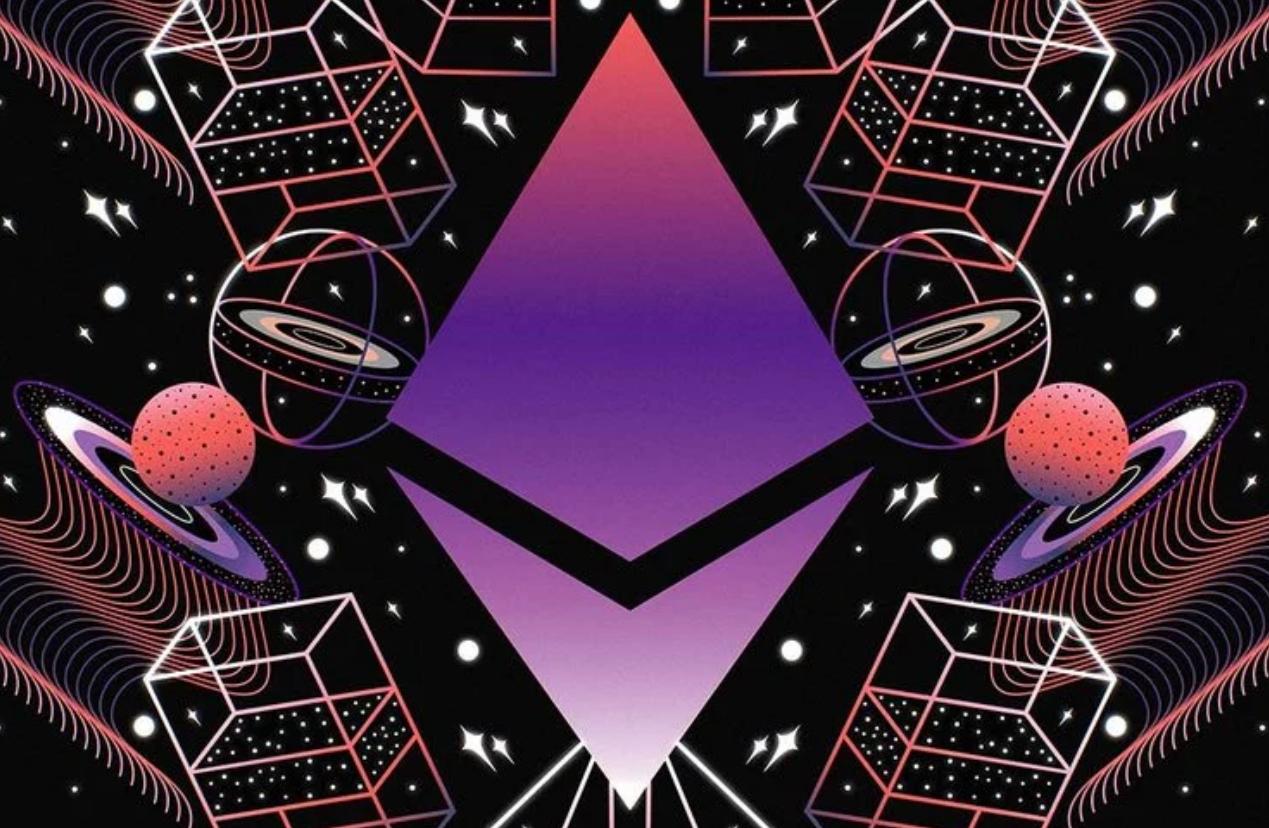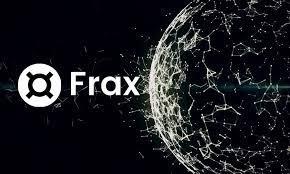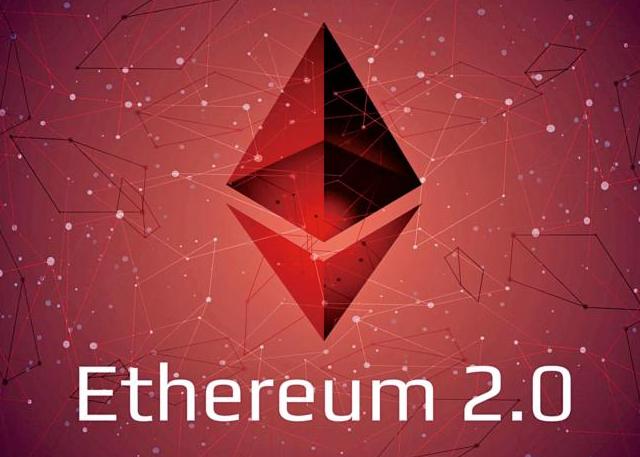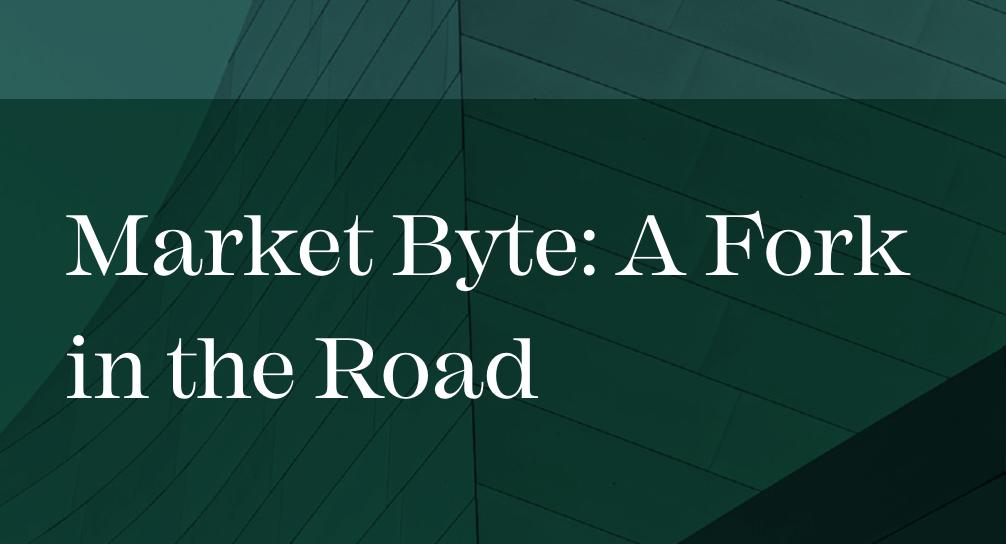Arthur Hayes Blog: Ethereum Merge and Reflexivity
Original: 《ETH-flexive》
Author: Arthur Hayes
Compiled by: Wu Zhuocheng, Wu Says Blockchain
Soros's core theory—what he calls "reflexivity"—indicates that there is a feedback loop between market participants and market prices. The basic idea is that market participants' views on specific market situations will influence and shape the development of those situations. The expectations of market participants can affect market facts (or so-called "fundamentals"), and market facts, in turn, will shape participants' expectations, creating a continuous cycle. More simply put, participants—whether intentionally or unintentionally—often play a significant role in facilitating the futures they predict. Their biases can reinforce trends of price increases or decreases, as the future becomes a self-fulfilling prophecy.
This is a very brief and incomplete explanation of the reflexivity theory, but I will elaborate on it in more detail as we proceed. Now, let's apply it to the relationship between the Ethereum merge and its price.
The Merge
The merge will either happen or it won't. This is the future event we are trading on. The merge itself is not influenced by the price of ETH; its success or failure entirely depends on the skills of the Ethereum core developers.
The merge will do two things:
It will eliminate the proof-of-work ETH output per block (i.e., the ETH paid to miners in exchange for their computational power to maintain the network). Currently, the total daily output is about 13,000 ETH. After the merge, the daily output is expected to decrease to about 1,000 to 2,000 ETH, which will flow to network validators (i.e., those who stake ETH and earn more ETH by helping to determine which ETH transactions are valid and which are not). Regardless of the price of ETH and the usage of the Ethereum network, this output will occur at the same rate.
A certain amount of gas fees will be burned per block (meaning the ETH used to pay these fees will be permanently removed from circulation). This variable depends on the usage of the network. The network's usage rate is a reflexive variable, which I will explain in more detail later.
Total ETH inflation = block output - burned gas fees
Under current local conditions, I will treat Block Emission as a constant. These local conditions may be violated, but it will take a very long time (i.e., hundreds of years). Therefore, we can safely consider this variable as a constant.
The burned gas fees depend on the usage of the network.
Inflation = block output > gas fees burned
Deflation = block output < gas fees burned
Those who believe that ETH will become a deflationary token must also believe that the network's usage (and thus the amount of ETH burned from user-paid fees) will be high enough to offset the amount of ETH produced per block as rewards for validators. However, to assess whether they might be correct, we must first ask what determines the level of usage of a specific cryptocurrency network like Ethereum?
Users have many choices when selecting a layer one smart contract network. Other layer one chains include Solana, Cardano, Near, etc. Here are the factors that I believe influence users' choice of one chain over another.
Which chain is more well-known? Social media and blog posts are the primary mediums for disseminating information about various layer one chains.
Which network has the most powerful decentralized applications (DApps)? Which of these applications are category leaders? Which applications have the most trading liquidity? And so on.

Attention and the price of ETH have a reflexive relationship, as shown in the above chart of Ethereum's Google search trends and the price of ETH. As you can see, there is a very close relationship between them. If I run a correlation between the two data series, r = 0.77. Conceptually, this makes sense. Interest in the Ethereum network rises and falls with the price of its native token—when the price goes up, more people hear about ETH and want to buy and use the network, further driving up the price.
DApp
The quality of applications on a network starts with the quality and quantity of its engineers. As a developer, what you create is meant for people to use. If no one uses the network, you cannot develop on it. Of course, a developer wants to code in a language they are familiar with, but this preference is secondary to the number of users that can interact with it on a given decentralized network.
The number of developers is directly related to the number of users their work can serve. As we established above, the number of users on a specific network is directly related to the price of its native token. Since there is a reflexive relationship between user numbers and price, there must also be a reflexive relationship between the number of developers and price. As the price rises, more people hear about Ethereum, more people use the network, and more developers are attracted to develop applications on the network to cater to its large and growing user base. The better the applications, the more users join the network. This cycle continues, and that is reflexivity.
Reflexivity
The extent of ETH deflation depends on the amount of gas fees burned.
The burned gas fees depend on the usage of the network.
Network usage depends on the number of users and the quality of applications.
The number of users and application quality have a reflexive relationship with the price of ETH.
Therefore, by transitivity, the extent of deflation has a reflexive relationship with the price of ETH.
With this in mind, there are two potential future states for the world.
Merge Happens:
If the merge is successful, there is a positive reflexive relationship between price and token deflation. Therefore, traders today would buy ETH because they know that the higher the price, the more network usage, the more deflation, which pushes the price higher, leading to more network usage, and so on. This creates a virtuous cycle for the bulls. The upper limit is that all of humanity has an Ethereum wallet address.
Merge Does Not Happen:
If the merge is unsuccessful, there will be a negative reflexive relationship between price and token deflation. Or, in other words, there will be a positive reflexive relationship between price and token inflation. Therefore, in this case, I believe traders will either short or choose not to hold ETH.
This relationship has a bottom line, as the network is the longest-running decentralized network. ETH reached a very large market cap without the narrative of the merge. The most popular dApps are built on Ethereum, and Ethereum also has the most developers among all layer 1 chains. Given this, as I mentioned in my previous article "Max Bidding," I believe ETH will not drop below the price of $800 to $1,000 experienced during the TerraUSD/Three Arrows Capital crypto credit collapse.
Market Expectations
We now need to determine whether the market expects the merge to be successful or unsuccessful.
In my view, it is best to determine this from the chart below, which shows the ETH/BTC exchange rate. The higher it is, the better ETH performs relative to Bitcoin. Since Bitcoin is the reserve asset of the crypto capital market, if ETH is outperforming it at this stage, to me, this indicates that the market believes the likelihood of a successful merge is increasing.
Since the credit crisis was resolved, ETH has outperformed BTC by about 50%. Therefore, I think it is fair to assume that the market increasingly believes that a successful merge is imminent. The current expected merge date proposed by Ethereum core developers is September 15, 2022.
But this is just the view of the spot market; do derivatives traders believe it?

The above chart illustrates the futures term structure of Ethereum, which plots the current prices of futures contracts by expiration date. It allows us to predict the supply and demand conditions for different maturities by calculating the premium or discount of futures contracts relative to the underlying spot price.
Negative premium = futures price < current spot price
Positive premium = futures price > current spot price
Given that the entire curve was in backwardation as of June 2023—meaning the futures market predicts that the price of ETH at expiration will be lower than the current spot price—selling pressure exceeds buying pressure.

This is a chart of open interest in ETH futures. Open interest refers to the total number of open futures contracts held by market participants at a specific point in time. As you can see, it is rising from the low point during the crypto credit collapse in mid-June. While open interest is increasing, the curve is also retreating. To me, this indicates that marginal selling pressure is high and rising. Conversely, if the curve were in a positive premium state (futures price > current spot price) and open interest were increasing, this would indicate that buying pressure is high and rising.
The current selling pressure has two potential reasons.
You are long spot ETH but are uncertain whether the merge will be successful or when it will happen, so you sell futures contracts at a price above the current spot price to fully or partially hedge your ETH risk.
You expect the merge to happen and want to be able to receive the fork airdrop, which will be minted and distributed to all ETH holders. Therefore, you are long spot ETH, but you also want to hedge your ETH risk by selling futures contracts. If the loss on the futures contracts you sold is less than the value of the on-chain forked coins you receive, you will profit.
On the other side of futures liquidity are market makers. They run delta-neutral portfolios, meaning they have no direct risk to ETH. Therefore, when they buy futures from sellers, they must sell ETH in the spot market to hedge themselves, adding selling pressure to the spot or cash market.
But remember, I just showed you that ETH has outperformed BTC by 50%. The selling from market makers in the spot market cannot compare to the bullish flow of a bull market. This is very encouraging, indicating that the market's confidence in a successful merge is underestimated and overshadowed by the short-term spot hedging flow of market makers.
If the market believes that the probability of the merge happening is increasing day by day, then what will happen to those who are hedging through futures contracts if the merge is successful?
If the merge is successful, those who hold spot ETH will buy back their hedges, making them long ETH and able to benefit from the positive reflexivity I described above.
If the merge is successful and the forked coins are distributed, they will be sold at any value, and those with hedged positions will immediately break even. Now, they may decide to sell spot ETH to fully close their positions, but I bet these traders will be the minority. ETH will be unhedged and able to benefit from positive reflexivity.
I believe a successful merge will lead to increased buying pressure, flipping the positions of market makers in the process, turning them from futures long/spot short to flat or futures short/spot long. Their short spot must be covered (which means buying spot), and if they are net short futures, they now must enter the market and buy additional spot, leading to a positive premium after the merge.
Buy the Rumor, Sell the News?
Assuming you are long through some ETH-related instruments, the question becomes—should you reduce or close your long positions before the merge happens?
Due to positive reflexivity driving ETH prices higher before the merge, textbook trading suggests that you should at least reduce your position before the merge. However, the actual reality rarely meets expectations.
The structural decline in inflation will only occur after the merge. I hope we will see its performance similar to Bitcoin halving—that is, we all know the date of the halving, but Bitcoin always rebounds after the halving.
That said, the price of ETH may slightly decline both before and after the merge. Those who partially or fully sell will initially feel satisfied with their decision. However, as deflation begins, due to the reflexive relationship between the rising price of ETH and network usage, the price may continue to gradually rise. At that point, you will have to decide when to buy back your position. This is often a very mentally challenging trading situation. You believe in the long-term trend but want to trade around your position—and now, you have to pay a higher price to re-establish your position. You are always waiting for the dip to buy back, but the dip never happens, and you either can never re-establish the same size position or you miss out on a large part of the gains.
Given that thought experiment and my belief in the reflexivity of this situation, I will not reduce my position before or after the merge. If the market sells off, I will increase my position—because I believe the best stocks are not being reasonably priced in the market right now.
How to Short
Given the current market sentiment and price trends, those shorting ETH before the merge are trading against positive reflexivity. This is a very dangerous situation. When you short something, your maximum profit is 100% unleveraged, as the price can only go to zero (compared to unlimited maximum loss on the upside). Therefore, timing is very important.
The best time to short is just before the merge is supposed to happen. This will be the time of highest expected value, and there is a short window between entering the trade and whether the merge will happen or not. If the merge is unsuccessful, given the market's high expectations of objective reality, the turn will be swift. This will allow you to exit the trade quickly and make a profit.
I recommend using put options for this strategy. Looking back at the futures curve above, the futures discount in March 2023 was the lowest. This means you are paying the least as a short. It also means that put options with a strike price in March 2023 will be the most attractive. If I were to short, I would buy 1,000 March 2023 ETH put options on September 14. You need to know your maximum loss in advance, which is the premium paid for the put options. If the merge is successful, this can allow you to eliminate unlimited losses. Your downside target is a strike price below $1,000.










